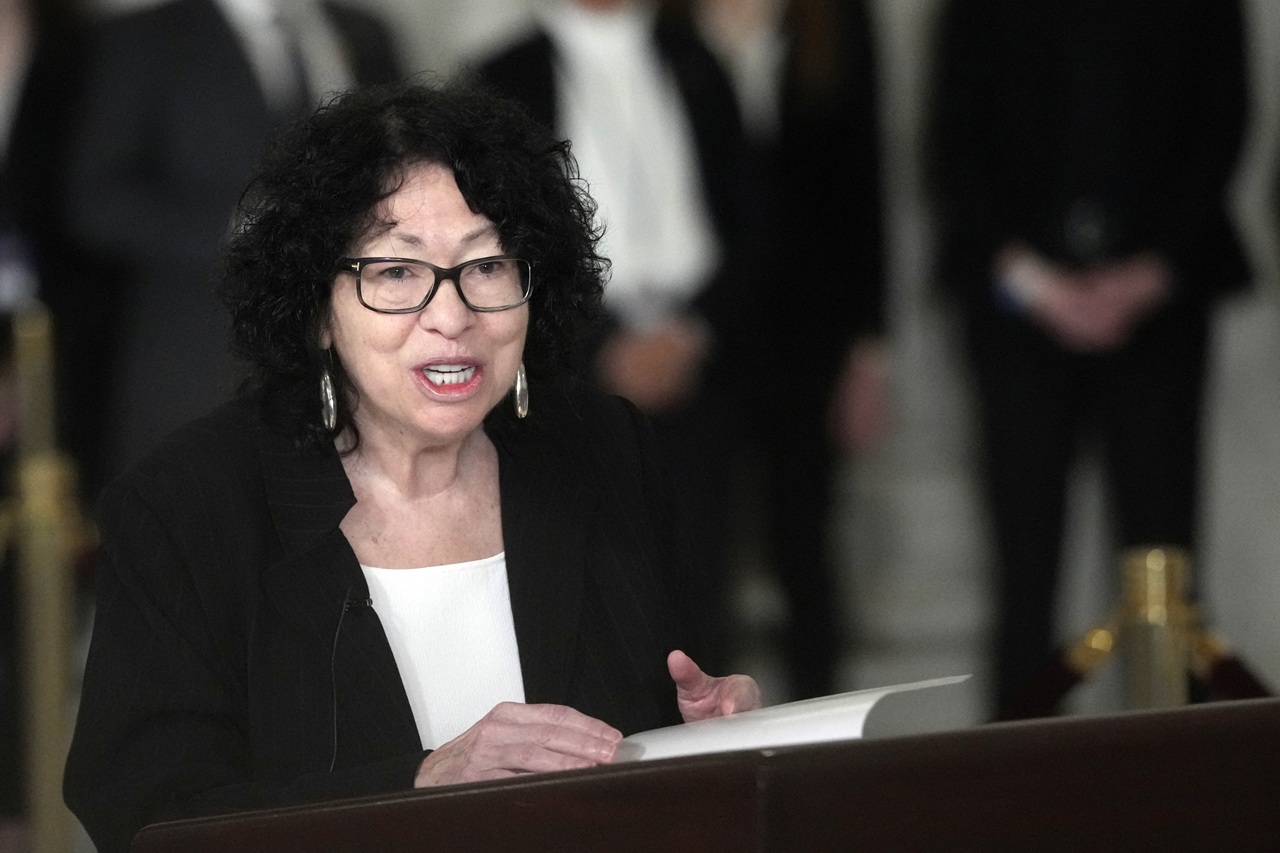
SEPTA’s “Move Better Together” plan paints a bleak funding picture while trying to safely reopen service
General Manager Leslie Richards is still proud of the organization’s adaptability to COVID-19, but the economic outlook is dire.
When SEPTA General Manager Leslie Richards talked to AL DÍA in May about the transportation authority’s adjustment to the evolving coronavirus pandemic, she was honest about the uncertainty of the situation.
“For many days it feels like we can spend all day trying to solve a problem and then we wake up the next day and I feel like the entire game has changed,” said Richards at the time.
Four months later after Labor Day, SEPTA released its “Move Better Together” reopening plan, which maps out how the transportation system will gradually return to its normal operations.
Richards once again joined AL DÍA back on Sept. 23 to talk through some of the plan.
In addition to addressing how SEPTA adapted to the COVID-19 pandemic, it also outlined how the system will remain flexible going forward as the virus continues to ebb and flow.
“A lot has been thrown at us,” said Richards of the last four months.
However, as a result, she said SEPTA is much faster than before at adjusting to what the virus throws.
Throughout the last few months, it has installed barriers in vehicles to protect employees, enhanced its cleaning process with more frequency and improved the cleaning solutions used, driven home mask usage on the system, made instructions visible on all its vehicles, and staffed social distancing coaches at each one of its platforms to provide more guidance.
All of the efforts are included as part of the reopening schematic’s 10-point action plan, which Richards says will continue throughout the region’s recovery from COVID-19.
“It’s a whole new SEPTA in terms of cleanliness,” she said.
In terms of providing PPE, Richards said — like in May — that the supply chain still has not run out for employees, and thanks to an allotment of masks provided by the Federal Transit Administration (FTA), social distancing coaches can now direct riders without masks to help desks that will provide them.
On the whole, SEPTA’s city transit systems — like the subway, buses and trolleys — are all back to full service, with as many vehicles out as possible to increase social distancing. Regional Rail is also back on an hourly schedule.
But while the services have opened back up, Richards said that only 30% of the pre-pandemic riders have returned.
Even after Labor Day — where she said a surge was expected — many businesses are still choosing to keep their employees at home and avoiding bringing them back in large waves.
In surveys of the customer base that hasn’t returned, Richards said the persistent lack of information still not out there about COVID-19 and where it has spread is what has many playing it safe.
“It’s the unknown to them like so much is unknown at this time,” she said.
Richards also said SEPTA is in constant communication with businesses about when they’re planning to return to in-person operations. On SEPTA’s end, she said it’s about welcoming customers back “in the right way.”
“We want to be able to help businesses recover,” said Richards.
In the meantime, the lack of ridership has taken a massive toll on the operating budget of the transit authority.
“SEPTA is facing, I think, one of its biggest funding challenges ever,” said Richards.
Forty percent of that funding comes from fare collection, which as previously mentioned, is only at 30% of its pre-pandemic take.
RELATED CONTENT
For perspective, Richards said in one normal summer month, SEPTA would take upwards of $40 million. Over the summer of 2020, she said it barely brought in $4 million a month.
“We are losing $1 million a day when you look at our overall budget,” said Richards.
Adding to its colossal fare collection dip, coronavirus has also revealed how underfunded SEPTA is compared to other public transportation systems across the country. According to data presented on the “Move Better Together” plan, SEPTA’s funding from the region is far less than comparable legacy transportation authorities in Boston and Washington D.C.
The reason for the dip is how SEPTA is capitally-funded by the state and surrounding municipalities. Fifty percent of the funding comes from Pennsylvania, while between 2% and 7% come from Philadelphia and its surrounding suburban counties.
With the state and each county and municipality also being hit hard by the economic downturn that accompanied COVID-19, Richards said there’s only so much they can do with the lack of funding.
The way in which the state funding for public transportation is doled out is also set to change pending the outcomes of two bills in the PA state legislature.
Acts 44 and 89 would end the current process of funding that comes from the Pennsylvania Turnpike. The new source of state funding would come from the general fund, particularly the vehicle sales tax portion.
Richards said the vehicle sales tax money currently goes towards education, public health and corrections across the state. She believes substituting one of those for public transport is going to be a tough sell.
“It is going to be a difficult decision and a difficult discussion,” said Richards. “No one, including myself, feels comfortable with the future of transit funding right now.”
She went on to say that new models of funding need to be looked at to have a sustainable future, mentioning law enforcement and fire departments as potential ones to emulate.
To sell the necessity of funding SEPTA at the state level, Richards pointed to its operations during the pandemic for essential workers, especially in a city like Philadelphia that struggles with poverty.
“It’s been clear that we are an essential service,” she said. “We did not stop for one day during this pandemic. We couldn’t stop.”










LEAVE A COMMENT: